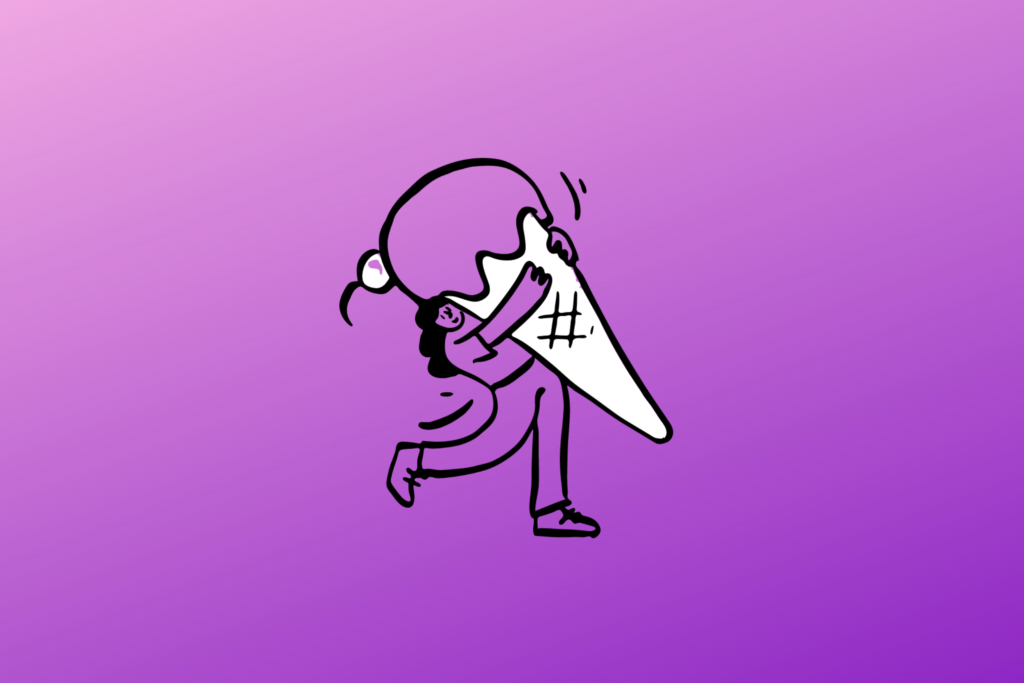Overview
Hey everyone!
Welcome to this week’s article on understanding Provider versus Prescriber numbers in Medicine.
In this article, we will cover the following topics:
Introduction
What Are These Numbers and Why Are They Important?
What is a Provider Number?
How to Make Sense of Your Provider Number?
What is a Prescriber Number
How to Sign up for a Provider and Prescriber Number?
What if I Don’t Have a Prescriber or Provider Number Before I Start Internship?
I’ve Left My Job. What Happens to My Provider Number?
Introduction
Navigating internship is hard enough. An additional complication is managing all the new forms, numbers and logins that you have to remember as a newly qualified medical professional.
As an intern, I remember feeling particularly daunted about prescriber and provider numbers. I’m happy to admit I didn’t fully understand what each of these numbers meant until a few months into internship.
If you’re feeling the same way, I’ve created this short guide to help you understand the difference between prescriber and provider numbers.
What Are These Numbers and Why Are They Important?
There are three numbers you should know (or have easy access to) as a doctor:
- AHPRA (Australian Health Practitioner Regulation Agency) Number
- Provider Number
- Prescriber Number
Your AHPRA number is identifies you in the register of medical professionals in Australia. It is usually along the lines of MEDXXXXXXXXXX. Lots of other health professionals are also registered with AHPRA including pharmacists, nurses and dentists. Your AHPRA number is unique to you.
In this article we will focus on Provider and Prescriber Numbers.

What is a Provider Number?
A Provider number is a site specific number that identifies your practice as a medical professional to a specific location (hospital or clinic).
It is used to identify that you are a valid medical professional who is authorised to make referrals to specialists so that patients can make a claim through Medicare.
For example, if you work in a large health service which contains multiple hospitals, you will have multiple provider numbers.
Your provider number at Hospital A might be 1234561A, whereas your provider number at Hospital B might be 1234562B.
Thus, over the course of your medical career, you can expect to collect a large list of provider numbers.
How to Make Sense of Your Provider Number?
You might look at your provider number and think it is just a jumble of numbers and letters. I was in the same boat until I recently learned that there is a unique pattern which combines letters and numbers to generate a new provider number.
For Example:
Assume you are an intern and your very first provider number is 1234561A
The backbone of your provider number (123456) will travel with you for your career.
The next number (1 – in this case) specifies that this is the first provider number you have received.
The following letter (A) changes based on every location in a seemingly random pattern.
So for your first location as an intern, your provider number might be 1234561A
At your second location, your new provider number will be 1234562B
And your third location could have a provider number like 1234563G
You get my drift.
This is a great way to remember your provider number and the order in which you received them.

What is a Prescriber Number?
A prescriber number allows you (as a medical professional) to prescribe medications listed on the Pharmaceutical Benefits Scheme (PBS). Your prescriber number will be 6 or 7 digits long.
This number is unique to each medical professional and never changes. It is a number that you will carry with you throughout your entire medical career, from internship through to retirement. Your prescriber number is not site specific. This means that if you prescribe amoxicillin in Sydney or Alice Springs, the same prescriber is associated with each prescription. Similarly, if you change jobs from the hospital to a GP clinic, your prescriber number stays with you. This is so that the Government can identify the medical professional who has prescribed certain medications.
In the age of electronic prescriptions, the prescriber number is automatically printed on the script you hand to the patient on discharge. On hand-written scripts, you must ensure that your prescriber number is visible in order for it to a legitimate prescription. You will also need to quote your prescriber number to when calling the PBS for an authority script. The bottom line is that you cannot provide PBS-listed medications without a prescriber number.
If you are going to commit one number to memory, make it your prescriber number.
How Do I Sign Up for a Provider/Prescriber Number?
As a junior doctor, the administrative team of your employing hospital or health service should send you the relevant forms to fill out to apply for AHPRA registration as well as a Provider and Prescriber number. Ideally they should send these forms to you once they have confirmed your employment. This is usually 2-3 months before you start working at the hospital. If you haven’t received these forms at least 1 month before commencing work, I would encourage you to get in contact with your line manager or hospital administrative officer. Before you apply for a Provider/Prescriber number, you must ensure you have provisional registration with AHPRA (Australia Health Professionals Regulatory Authority).
As an intern, you will be issued with a Provider and a Prescriber number. By submitting an application for a Provider number you will automatically be issued a prescriber number.
If you are a resident medical officer and you are moving hospitals, you will also be required to apply for a new provider number. Remember, new location = new provider. Your prescriber number will remain the same, whether you practice in Hughenden or Western Sydney or in a hospital or a GP clinic.
In a nutshell:
Apply to AHPRA for AHPRA registration —> Get AHPRA registration —> Apply to Medicare for Provider(s) + Prescriber Number —> Get Provider (s) + Prescriber number
If you are unsure who to contact, you can also find the form here.
What if I don’t have a Provider or Prescriber Number before I Start Internship?
Firstly don’t panic. This is a very common scenario that many interns face. Towards the end of your final year of medical school, you will be asked to fill in bucket loads of paperwork for your new job. One of these forms will include an application for a provider or prescriber number. Given that there are hundreds of medical students across the country filling in the same form and submitting it to Medicare, you should expect some delays.
To their credit, Medicare are usually pretty good. They understand the importance of doctors having the relevant prescriber or provider numbers. Usually the reason you haven’t got your number is because it is on its way to you via (snail) mail. In most cases, the actual paperwork/number has been finalised.
Instead, I would suggest calling Medicare if you haven’t received your numbers in the week before you start work. At best, they will tell you your number over the phone. At worst, they will expedite the process for you.
If you still don’t have your numbers before starting work, just inform your resident or registrar and they will let you use their number temporarily. It is really not that big a deal and plenty of my fellow interns were in a similar situation. We all survived.

I’ve Left My Previous Job. What Happens to My Provider Number?
Once you have received your Provider Number from Medicare, it will be valid for a certain period of time. Usually this is the same duration as the contract you signed with your current employer. For example, if you signed on as an intern to Hospital X for a 12 month contract, your provider number specific to Hospital X will be valid for 12 months. Technically, the hospital/admin staff should deactivate your provider number once your contract has expired. If you are staying on for the next year, you can continue to use the same provider number.
If you are unsure about the status of your provider number, you can check it on HPOS (Health Professional Online Services) website.
The best way to see all your provider numbers is to create a PRODA (Provider Digital Access) account on the HPOS website. Login to the website then navigate to the ‘My Details’ section then to ‘My Provider Numbers’. This page will show you a list of all of your provider numbers, their status (open/closed) and the date of expiry.
My Top Tips
My first tip to all new interns would be to keep your prescriber and provider number easily accessible. It’s one less thing to remember! You will need it in the first few months when you have to call the PBS Hotline or write referrals/letters to specialists. Over time, you will memorise your specific numbers and it won’t seem so daunting anymore.
My second tip would be don’t stress if you haven’t received your provider/prescriber number before starting internship. Contact Medicare by phone on 132150 and ask to receive them over the phone. Often, Medicare has processed your numbers and have dispatched them to you in the main. This can take weeks to reach you. A phone call can spare you weeks of waiting and lots of angst.
May you provide healthcare, prescribe with confidence and not get confused about the numbers,
Doctor Nisha
Share this post!









